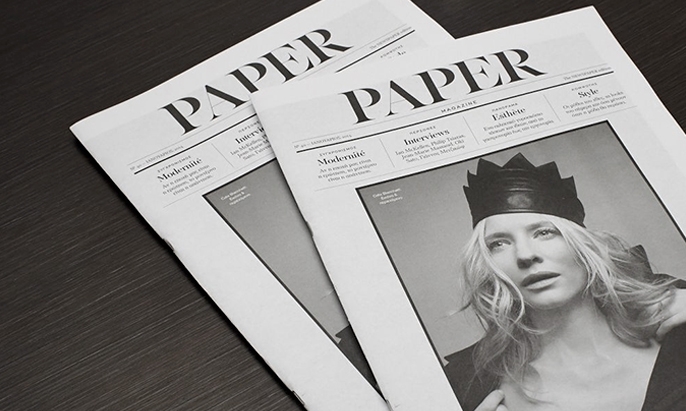Magazines have long played a significant role in shaping public opinion, serving as both mirrors and molders of societal attitudes, values, and behaviors. Through editorial content, they do more than just inform or entertain; they actively participate in the construction of public discourse, influencing how readers perceive and interpret the world around them. One of the primary ways magazines shape public opinion is through the selection and framing of topics. Editors make deliberate choices about what issues to cover, how to present them, and which perspectives to emphasize. This editorial gatekeeping determines the narratives that reach readers, highlighting certain voices while marginalizing others. For instance, a fashion magazine might choose to emphasize trends that align with a certain body type or lifestyle, subtly reinforcing societal norms about beauty and success. Similarly, a political magazine might frame a policy issue in a way that aligns with the publication’s ideological leanings, influencing readers’ perceptions of the matter. Through these editorial choices, magazines have the power to set agendas, drawing attention to particular issues and shaping the priorities of public discourse.

The language and tone used in editorial content further contribute to shaping public opinion. The way information is presented whether through a sensationalized headline, a critical analysis, or a human-interest angle can evoke specific emotional responses from readers. For example, the use of fear-inducing language in articles about public safety can lead to heightened concern among readers, influencing their opinions on related policies or social issues. Conversely, positive and uplifting language can foster optimism and support for certain causes or movements. By carefully crafting the language and tone of their content, magazines can guide readers’ emotional responses and, consequently, their attitudes and beliefs. Magazines also influence public opinion through the use of imagery and visual design. A well-placed photograph can humanize a complex issue, making it more relatable and accessible to readers. For example, a magazine world featuring a prominent figure can elevate the individual’s status in the public eye, while images of conflict or suffering can evoke empathy and a sense of urgency. The visual presentation of a magazine not only attracts readers but also shapes their interpretation of the content, guiding how they perceive and respond to the information presented.
Moreover, the credibility and authority of magazines play a crucial role in shaping public opinion. Readers often trust magazines as reliable sources of information, particularly when they are perceived as being affiliated with respected editorial boards, experts, or institutions. This trust can lead readers to accept the magazine’s perspectives and interpretations without much skepticism, allowing the publication to influence public opinion more effectively. For example, a health magazine endorsed by medical professionals is more likely to shape readers’ beliefs about wellness and lifestyle choices. In conclusion, magazines shape public opinion through a combination of editorial decisions, language and tone, visual design, and credibility. By carefully curating content that aligns with their editorial vision, magazines can influence the way readers perceive and engage with the world. This power to mold public discourse underscores the significant role that magazines continue to play in shaping societal attitudes and opinions.
